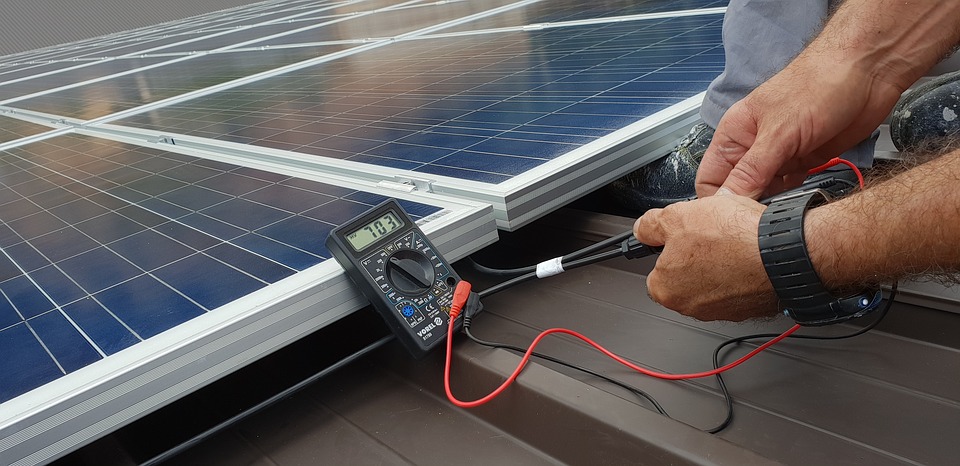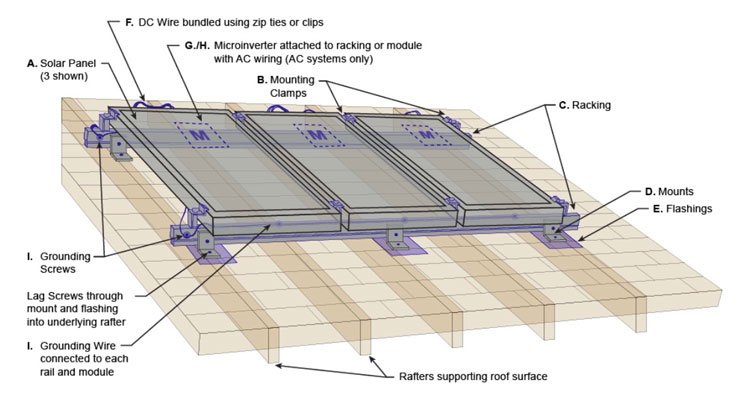Because they re not dependent on your roof ground mounted solar panels are set at the perfect angle to optimize energy production.
Problems with roof mounted solar panels.
In fact according to energysage in 2017 most homeowners are paying between 2 87 and 3 85 per watt to install a new solar system and the average gross cost of a residential pv solar power system before tax credits is 16 800.
The price of going solar has decreased dramatically over the past 10 years.
Second a ground mount solar panel system can be more productive per panel than a rooftop solar array.
Panels installed on a moderate slope can become dislodged by a buildup of ice and snow.
Almost always homeowners will notice the leak within the first year when it begins to rain or snow.
If you have solar panels on your roof the electrons they produce flow across the electric grid like water following a path of.
In actual roof fires with roof mounted solar panels fire damage has involved areas of between 1 000 and 183 000 ft 2 93 and 17 000 m 2.
Which direction do the slopes of your roof face.
Before you go ahead with any installation make sure that your roof has enough space for the solar panels.
The problem with rooftop solar that nobody is talking about.
When roof leaking after the solar panels are fitted does occur however it usually becomes evident very quickly after the installation process is finished.
Solar panels for any roof type at the end of the day if you really want to install a solar panel array on your roof there will always be a way.
Rooftop solar may not be the best option but it will definitely not prevent you from going solar as you can consider ground mounted systems or community solar.
Less than 10 years ago in 2008 the cost of a solar power installation.
The pitch of your roof and the direction it faces both play into how solar panels are mounted.
Most solar panels aren t attached onto the roof itself but on mounted rails.
In virtually all cases the answer is no.
Usually they should rest at a 20 to 30 degree angle.
Solar panels require specific placement in order to generate the maximum amount of power.
In laboratory based fire tests of roof assemblies 1 2 the maximum allowable fire spread is between approximately 20 and 40 ft 2 1 9 and 3 7 m 2 depending on whether an a b or c rating is desired.
Panels don t move they don t have moving parts and don t need regular maintenance.
To prevent this mount ballasted systems on a pad to protect the roof membrane from possible damage from the solar panel frame.
Roof leaks after solar panels are extremely rare.



















